Hydrangeas are beloved for their vibrant blooms and graceful appearance, but they can sometimes face challenges that cause them to wither or fail to flourish. Whether it’s poor flowering, leaf discoloration, or stunted growth, hydrangea problems can be frustrating for gardeners. Fortunately, most issues are solvable with a little know-how and the right care. If you’re dealing with struggling hydrangeas, don’t despair—there are solutions for every common problem. This guide outlines 12 expert-backed fixes to help get your hydrangeas back on track and thriving again.
1. Poor Flowering
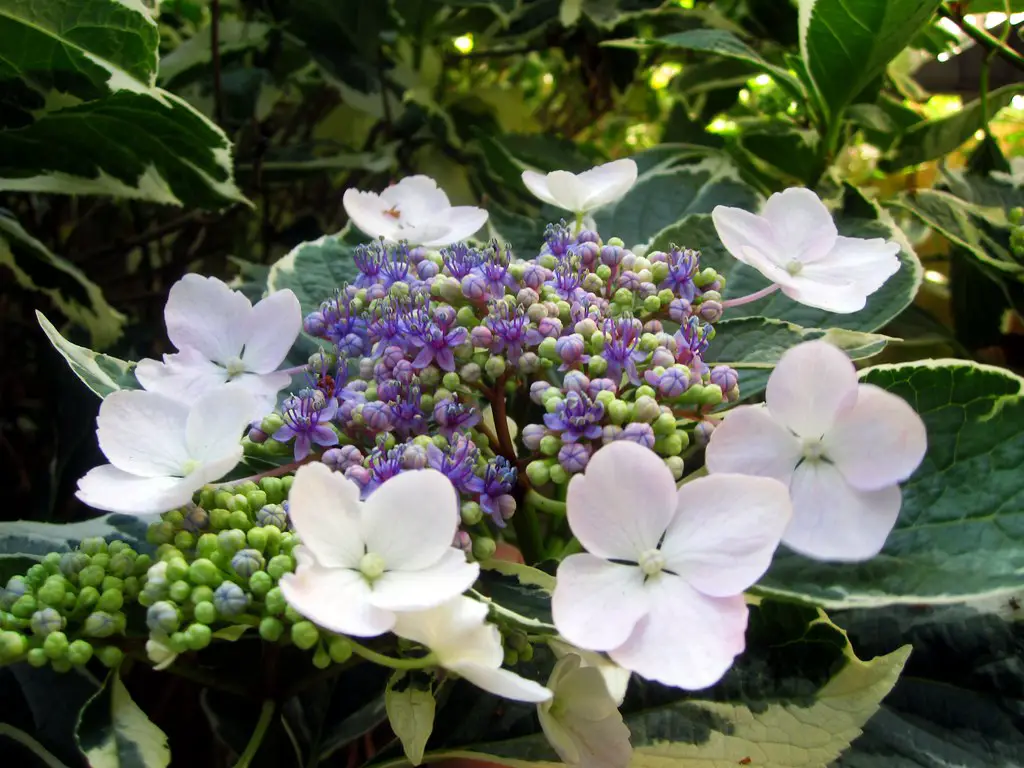
One of the most common problems hydrangea owners encounter is poor or no flowering. According to The Spruce, this issue can be attributed to incorrect pruning, inadequate sunlight, or environmental stress. Hydrangeas, especially those of the mophead or lacecap varieties, require specific care to ensure they bloom to their full potential. Pruning them too early or too late can eliminate the buds that would otherwise become beautiful flowers.
To resolve poor flowering, make sure you are pruning your hydrangeas at the correct time. If your hydrangeas bloom on old wood, prune them right after they flower in the summer to avoid cutting off next season’s buds. If they bloom on new wood, prune them back in late winter or early spring. Also, consider relocating your hydrangeas to a spot that receives adequate sunlight, as too much shade can hinder blooming.
2. Yellowing Leaves
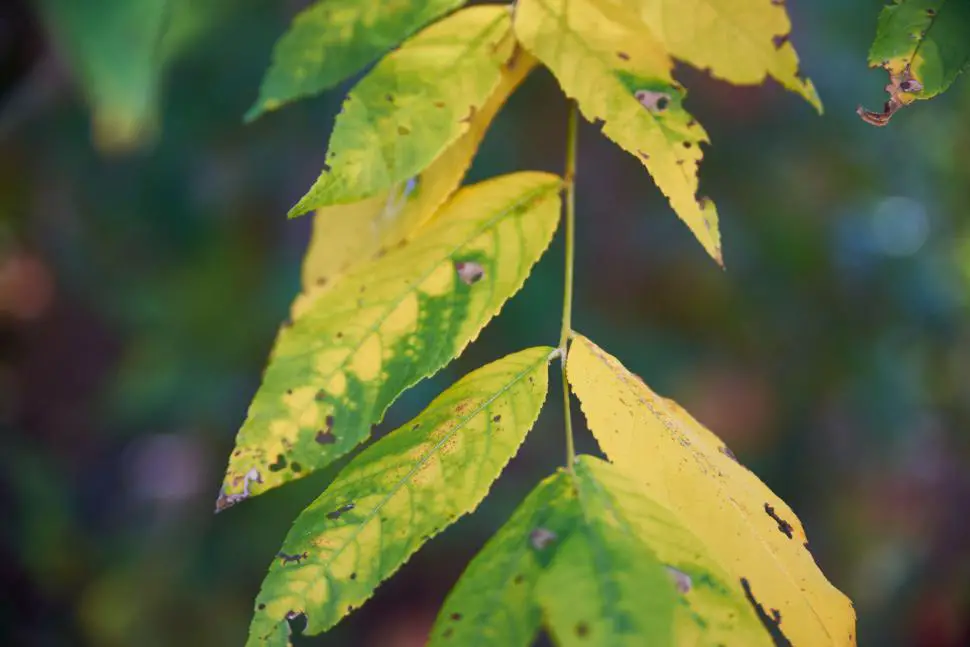
Yellowing leaves are a classic sign of an issue with your hydrangea, and the cause could range from nutrient deficiencies to environmental stress. The New York Times notes that hydrangeas often develop yellow leaves due to poor soil drainage, a lack of nitrogen, or overwatering. Soil that is too acidic or too alkaline can also affect the plant’s ability to absorb the nutrients it needs to stay healthy.
To fix yellowing leaves, first, check the pH level of your soil. Hydrangeas prefer slightly acidic soil, so aim for a pH of 5.5 to 6.5. If your soil is too alkaline, consider adding sulfur or peat moss to lower the pH. Additionally, make sure you’re watering properly—hydrangeas like their soil moist but not waterlogged. If the problem persists, apply a balanced, slow-release fertilizer to provide essential nutrients.
3. Wilting Hydrangea
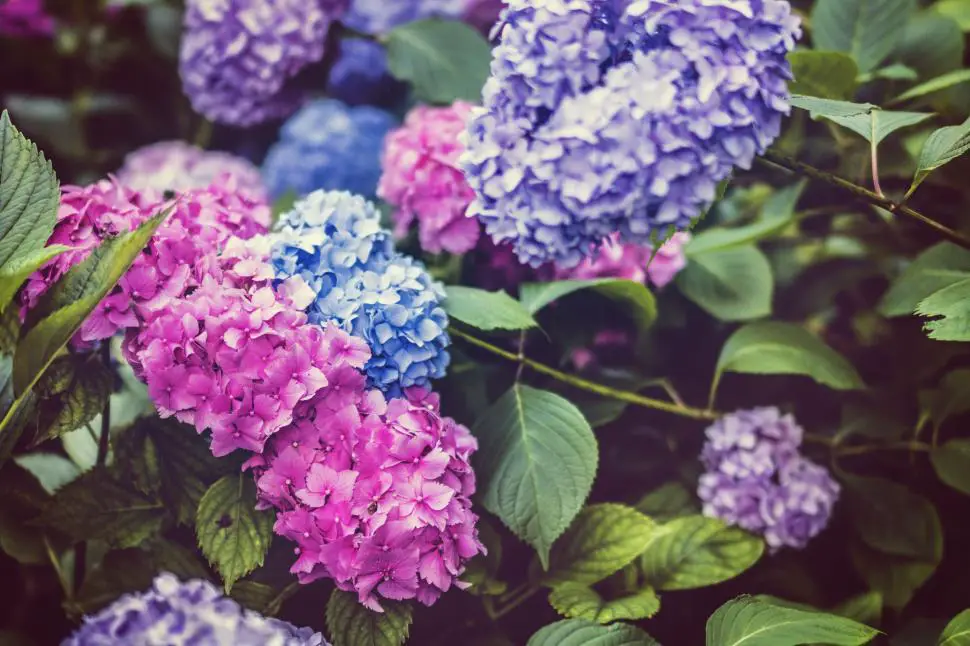
If your hydrangea is wilting, it could be a sign of too little water, too much water, or root damage. According to Better Homes & Gardens, hydrangeas are particularly sensitive to changes in water levels. While they love moisture, they can’t tolerate soggy roots, which can lead to root rot and wilting. Conversely, if they don’t get enough water, the plants can quickly wilt and show signs of dehydration.
To remedy wilting hydrangeas, check the soil moisture. If it’s dry, water your hydrangea deeply and consistently. Be sure to water at the base of the plant, avoiding overhead watering that can lead to fungal issues. If the soil is too soggy, improve drainage by amending the soil with organic matter or by repotting the plant in a better-draining container. It’s also important to mulch around the base of the hydrangea to retain moisture.
4. Brown Edges on Leaves
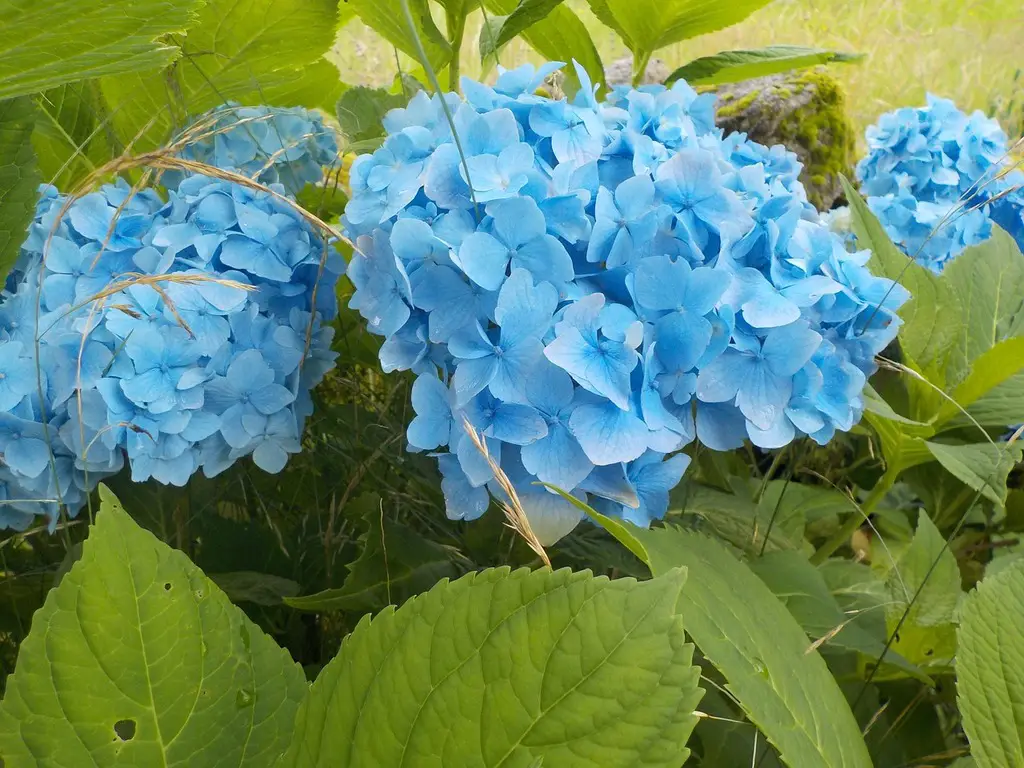
Brown, crispy edges on hydrangea leaves are often caused by environmental stressors like heat, drought, or exposure to strong winds. According to Gardening Know How, hydrangeas can be quite sensitive to extreme conditions, and too much sun or wind can scorch their leaves, causing them to dry out and turn brown. This is particularly common in varieties that are not suited for hot climates.
To resolve brown edges, try moving your hydrangea to a location with some afternoon shade. If this is not possible, provide protection from the harshest sun with shade cloth or by planting other taller plants around it to block the wind. Additionally, keep the plant well-watered during dry periods to reduce stress. Apply mulch around the base of the plant to keep the roots cool and retain moisture.
5. Stunted Growth
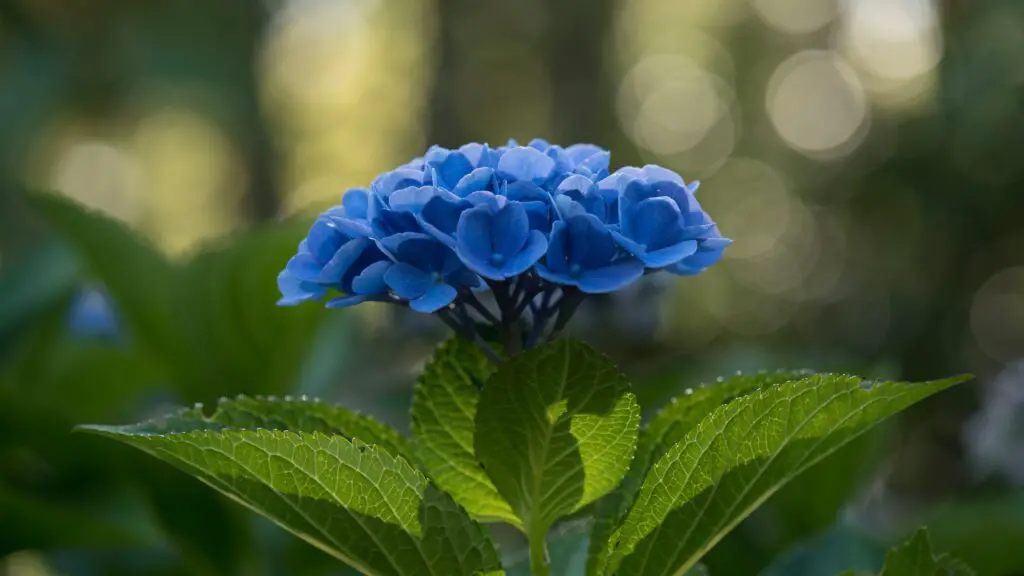
If your hydrangea isn’t growing as expected, it might be suffering from a variety of issues. One of the most common causes is insufficient light or nutrients. Hydrangeas typically need full or partial sun to grow well, and without enough light, they may become leggy and fail to thrive. Additionally, hydrangeas that haven’t been fertilized properly may experience stunted growth.
To promote healthy growth, ensure your hydrangea is planted in a spot that gets enough sunlight. Additionally, fertilize the plant with a slow-release fertilizer in the spring to encourage strong growth throughout the growing season. Regularly check for pests and diseases, as these can also inhibit growth. Lastly, consider cutting back any dead or damaged branches to encourage new growth.
6. Pests and Insects
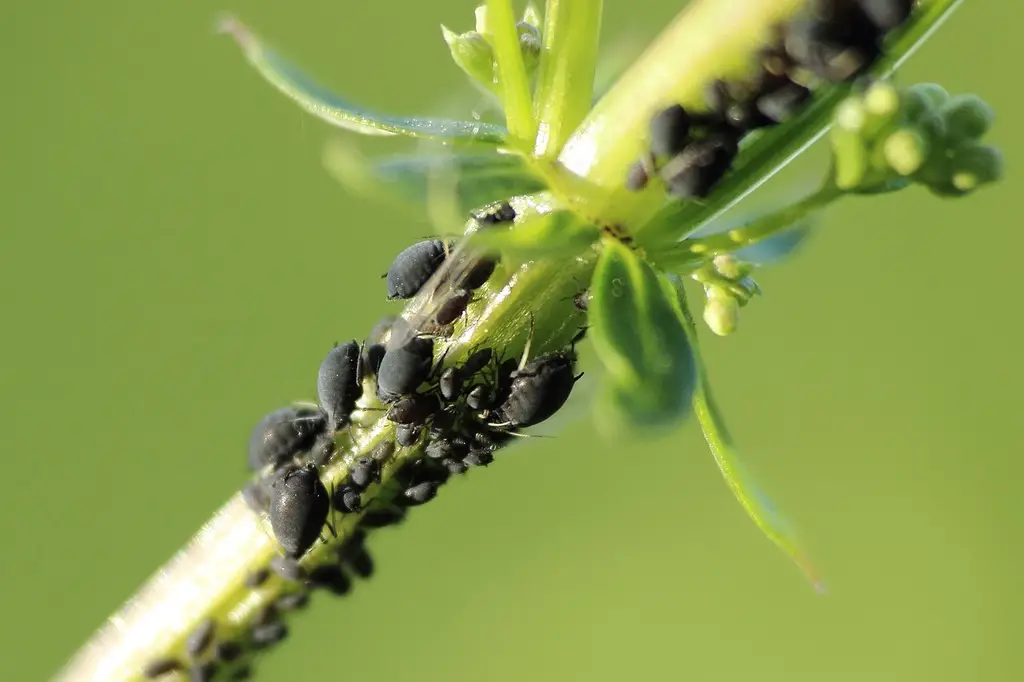
Hydrangeas are generally quite hardy, but they are susceptible to a range of pests, including aphids, spider mites, and scale insects. These pests can cause damage by feeding on the leaves, flowers, and stems, leading to yellowing leaves, stunted growth, or a reduction in flower production. Aphids, in particular, can be problematic as they secrete a sticky substance that can attract mold.
If you notice pests on your hydrangeas, start by spraying them with a strong jet of water to remove the insects. For more stubborn infestations, you may need to use insecticidal soap or a pesticide specifically formulated for hydrangeas. Additionally, regularly inspect your plants to catch any pest problems early. Encourage natural predators like ladybugs, which can help keep aphid populations in check.
7. Mold and Mildew
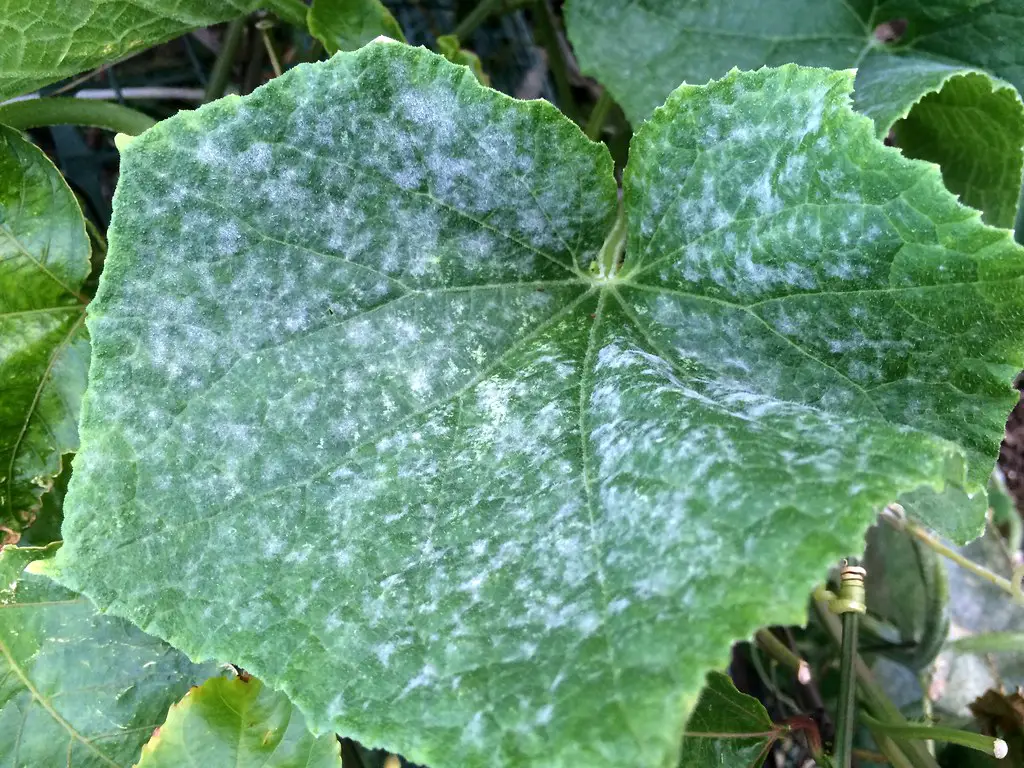
Mold and mildew are common problems for hydrangeas, particularly in humid conditions. Powdery mildew, which appears as white, dusty spots on the leaves, can spread quickly and weaken the plant. According to the University of Minnesota Extension, mildew thrives in damp, stagnant environments where air circulation is poor. It can cause your hydrangea to lose its leaves and reduce its ability to photosynthesize.
To combat mildew, remove affected leaves and dispose of them properly to prevent the spread of spores. Ensure your hydrangea has good air circulation, which can be achieved by spacing plants out and removing any dense or overcrowded growth. If the problem persists, consider using a fungicide to treat the plant and prevent further outbreaks.
8. Hydrangea Leaves Curling
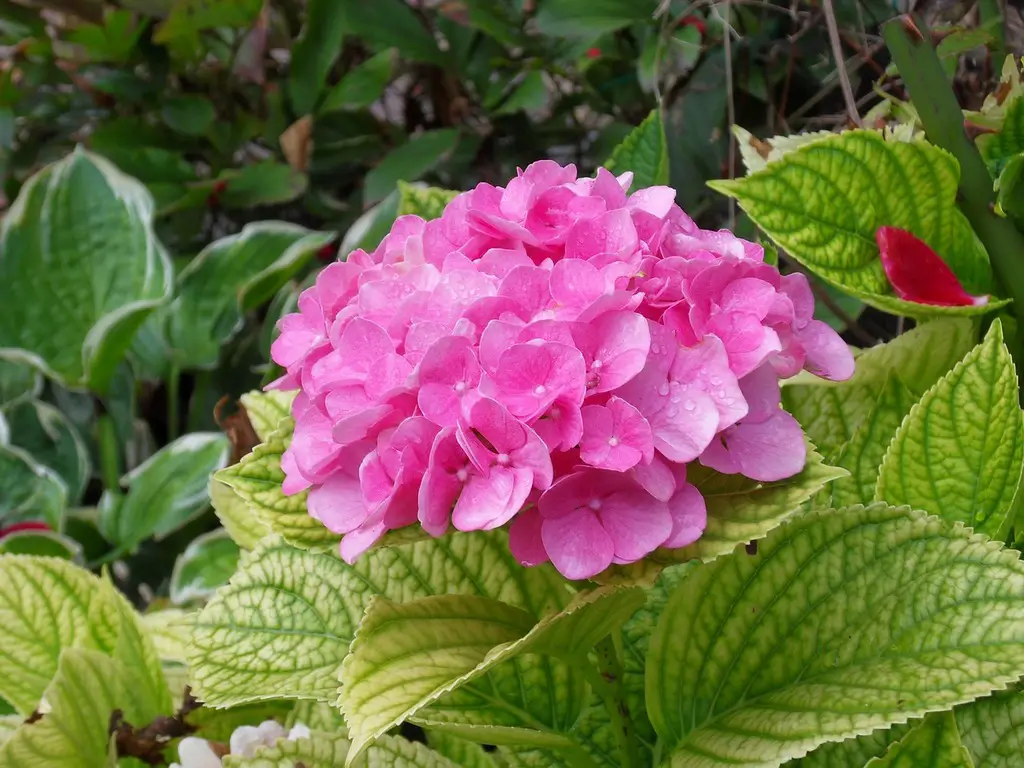
Curling leaves on hydrangeas are often a sign of stress, such as water imbalance or pest infestations. If the soil is either too dry or too wet, hydrangea leaves can begin to curl as a way of protecting themselves from further damage. Pests, like aphids or spider mites, can also cause leaves to curl by feeding on the plant’s sap.
If you notice your hydrangea’s leaves curling, first check the soil moisture levels and water the plant if necessary. Ensure that the soil is well-drained and not too soggy. If pests are the issue, treat your hydrangea with an insecticidal soap or neem oil. Additionally, make sure your hydrangea is not stressed by excessive sun or wind exposure, as this can also contribute to leaf curling.
9. Root Rot
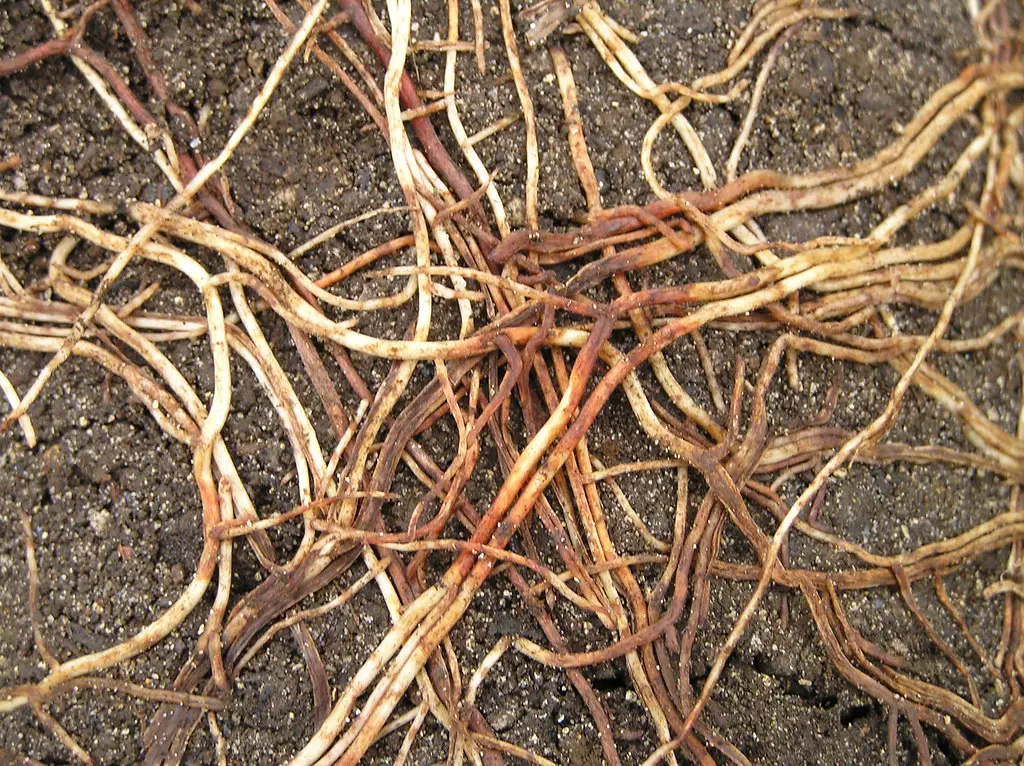
Root rot is a serious issue that can devastate hydrangeas, leading to wilting, yellowing leaves, and stunted growth. It’s most commonly caused by overwatering or poor drainage. If water is allowed to pool around the roots, it can suffocate them and cause the roots to decay, making it difficult for the plant to absorb nutrients and water.
To prevent root rot, ensure that your hydrangea is planted in well-draining soil and avoid overwatering. If you suspect root rot, carefully dig up the plant and inspect the roots. Healthy roots will be white and firm, while rotting roots will be brown and mushy. If the roots are damaged, trim them back and replant the hydrangea in fresh, well-draining soil.
10. Lack of Pollination
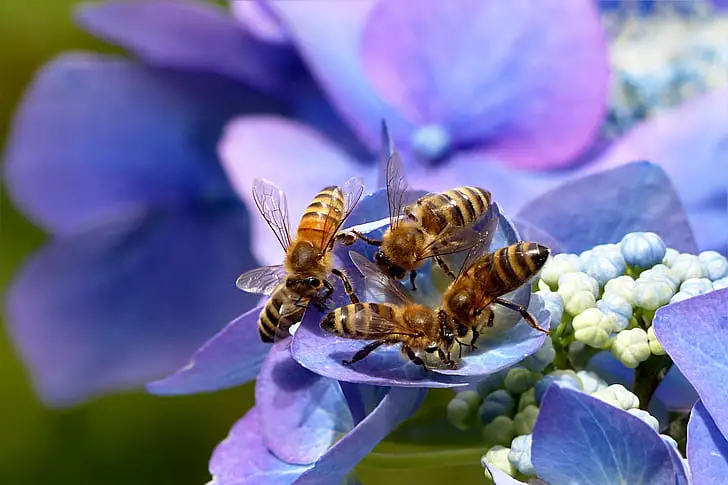
While hydrangeas are not entirely dependent on pollinators for their flowering, some varieties may produce fewer flowers if pollinators like bees are scarce. Pollination issues can result in sparse blooms and lower overall flower production. This is particularly common in newer cultivars that may not attract as many pollinators.
To improve pollination, consider planting companion plants that attract bees and butterflies, such as lavender, bee balm, or coneflowers. Planting multiple hydrangeas can also increase the chances of cross-pollination, which can boost flower production. Additionally, avoid using pesticides during the blooming season, as these can harm beneficial pollinators.
11. Frost Damage

Hydrangeas can be damaged by late frosts, particularly if they are pruned too early in the season. When the buds are exposed to frost, they may be damaged, preventing them from blooming. This is especially true for varieties that bloom on old wood, such as mophead hydrangeas.
To prevent frost damage, avoid pruning your hydrangeas too early in the spring. Wait until after the last frost to trim back dead wood and encourage new growth. If frost is expected, consider covering your hydrangeas with burlap or frost cloth to protect the buds. Planting hydrangeas in sheltered spots can also help reduce the risk of frost damage.
12. Invasive Roots
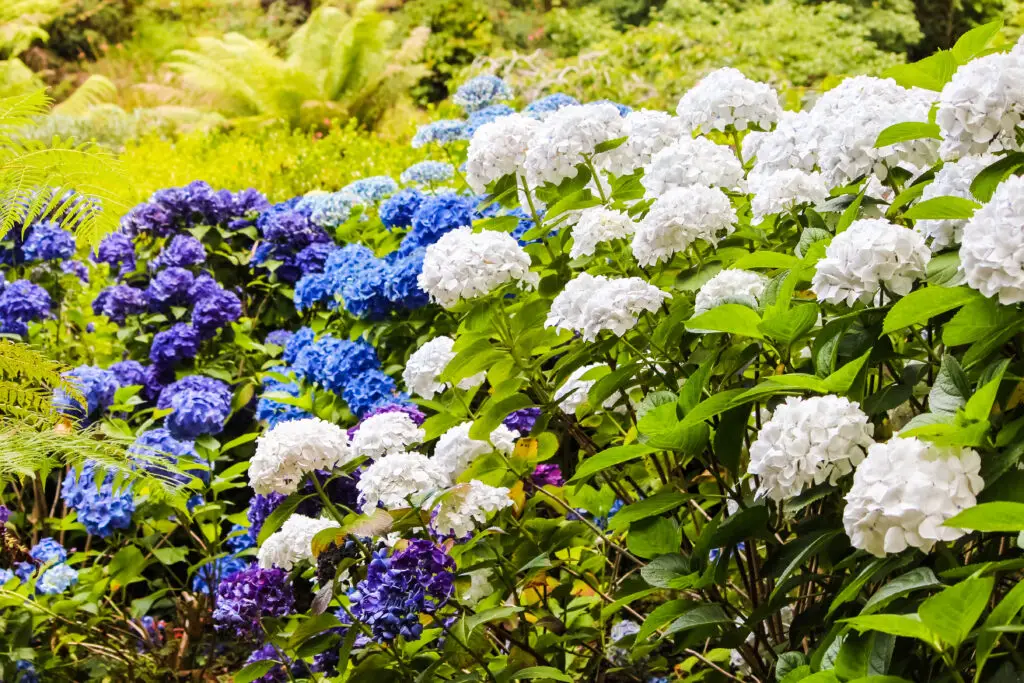
Invasive roots can spread aggressively, taking over large areas of your garden and potentially damaging nearby structures or plants. Hydrangeas are generally not known for having invasive roots, but certain species, particularly tree hydrangeas, can have roots that spread outwards and interfere with foundations, walkways, or other plants.
To prevent this, consider planting hydrangeas in areas where their roots will have plenty of room to grow. If you have a hydrangea with invasive roots, consider installing a root barrier or potting it in a container to contain its growth. Regularly monitor the plant to ensure that its roots are not causing damage to surrounding areas.
